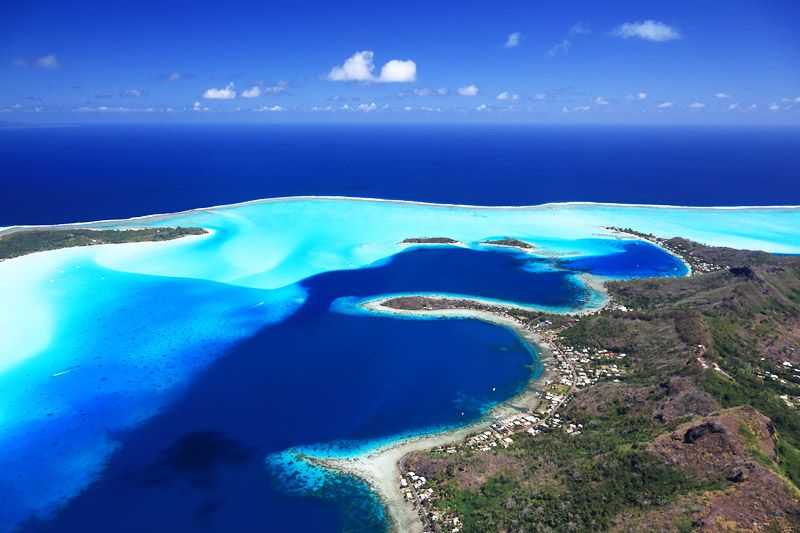Bora Bora Island
About Bora Bora Lagoon
The island of Bora Bora is situated in the Leeward group of Society Islands of French Polynesia within the Pacific Ocean. The highlight of this island is the ast...
About Bora Bora Lagoon
The island of Bora Bora is situated in the Leeward group of Society Islands of French Polynesia within the Pacific Ocean. The highlight of this island is the astonishing lagoon and barrier reef which surrounds it.
Climate
The climate is tropical. The wet season is from November to April, when rainfall can exceed 180 cm (~71 inches) and the...
Attractions near Bora Bora Island
Activities
About Bora Bora Island
About Bora Bora Lagoon
The island of Bora Bora is situated in the Leeward group of Society Islands of French Polynesia within the Pacific Ocean. The highlight of this island is the astonishing lagoon and barrier reef which surrounds it.
Climate
The climate is tropical. The wet season is from November to April, when rainfall can exceed 180 cm (~71 inches) and there is high humidity. During the May to October dry season, when the island is at its busiest, rain is rare. Temperatures, however, hover around 30°C (86°F) all year round.
Flora and Fauna
Getting up close and personal with the underwater kingdom including a vast 500-plus species of marine life means seeing really is believing. As well as the colourful coral reefs, marine life includes anemone fish, moray eels, manta rays and eagle rays; as well as stingrays, jack fishes, snappers, lemon sharks and damsel fish.
Tourism
Often referred to as the most beautiful island and lagoon in the world, if ever there was an opportunity to experience snorkeling and scuba diving for the first time then this is it. Explore on your own or take one of the guided ecotours that visit the most preserved and vibrant coral reefs. For those who like a helping hand, dive operators on the island offer specialized manta ray and shark-feeding dives. There are a range of other ways to see the lagoon’s spectacular wildlife, from cruises in glass-bottomed boats to submarine dives and underwater scooters.
For a more active adventure, tour round the island on your own jet-ski or go kite surfing.
Fishing excursions are also available for those who want to try their hand at catching the exotic-sounding rainbow runner, blue fin trevally, bigeye trevally, small barracuda and snappers.
